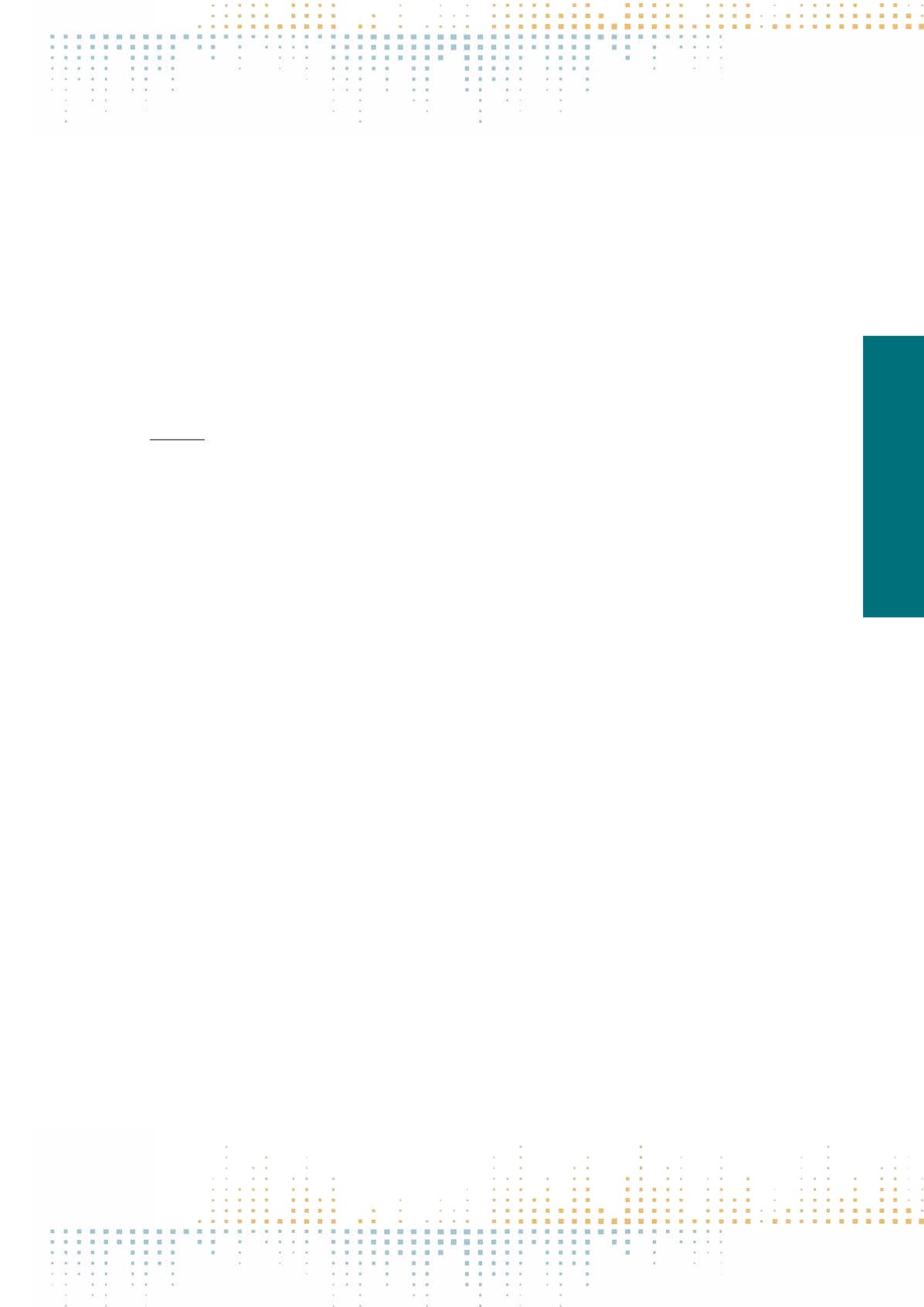

155
Saturday, November 12
1 6 : 0 0 – 1 7 : 3 0
(2000). This paper points out the several problems resolved during the first phase of democratic transition of the media system (2000–2014). Special at‑
tention in the work is dedicated to the aspects of functional and institutional harmonization with European standards according to Directive AVMS, covered
by a set of new media laws of the Republic of Serbia (2014). This paper contains several conclusions, as results of content analysis and comparative analysis
of the legal documents: 1. The democratic transformation of the media system in post-socialism Serbia started with the ideas of public interest and free‑
dom of information. In the first phase of media transformation in the period 2000–2014, we identify successfully implementation the following European
standards in the Serbian media laws: transformation of media ownership; withdrawal of the state from the media; founding of independent regulatory
bodies and transferring power from government to civil society institutions; implementation of media pluralism; diversification of program contents and
guarantying of editorial independence; introduction of digital TV broadcasting, and others. 2. We notice the lack of political will, in this period, to imple‑
ment all these standards in practice, and therefore we define the transition of Serbian media system as slow. 3. In the second phase of the development
democratic media system in Serbia, from 2014, as the main future actions, we suggest: -It is necessary to implement media laws in practice strictly, and
improve the instruments to ensure their implementation; - Passing anti-monopoly law specialized to ensure transparency of media ownership and prevent
unauthorized concentration which threatens democratic pluralism; - And the improvement education in the media field by introducing the subject Media
literacy in the system of compulsory education in the Republic of Serbia.
PP 670
Negotiating a Balance Between Protection of Reputation and Privacy and Free Expression in the Age of Mediated Crisis of Continuity.
A Study of the Operation of Defamation Law in Slovakia
N. Belakova
1
1
London School of Economics and Political Science, Department of Media and Communications, London, United Kingdom
Free, independent media are vital for democracy, not least for providing quality information for the public to make informed electoral decisions. The im‑
portance of journalism for democracy, citizenship and everyday life has become particularly apparent during the current crisis of continuity in post-socialist
Europe.Yet, the media and journalism in the region are perceived as failing in this respect.This failure is partly attributed to elites’use of legislation to thwart
criticism in the media. Civil defamation law, which seeks to regulate the publication of material harmful to reputation through balancing free speech and
the protection of reputation and privacy, has been recognised as potentially having a disproportionate “chilling effect” on free speech. Systematic exam‑
inations of how and under which conditions defamation law influences journalism are critical for understanding what gets published in the public spheres.
Hence, in the current context, investigating how a balance between protection of reputation and privacy is negotiated through the operation of defamation
law against media is particularly desirable. Yet, empirical studies into this area in post-socialist Europe are virtually non-existent. This study investigates
the operation of civil defamation law in Slovakia in cases involving media defendants and its influence on journalism. The paper examines whether and
how defamation produces a “chilling effect”and if this is unacceptable and detrimental to public debate and democracy. The research seeks to understand
the operation of defamation from the perspective of journalist and their legal representatives, investigating their understanding of what constitutes po‑
tentially defamatory statements, their views of claimants’ motives and judicial decision-making and the law and how this influences their journalistic
work. The paper further explores the mechanisms adopted to deal with the threat of defamation and the factors that influence the intensity of a potential
“chilling effect”. The analysis is informed by Cohen and Arato’s (1992) model of civil society, later adopted by Habermas (1996), which posits that the op‑
eration of law can be explained by the particular institutional constellation and cultural trajectories in a country. The study is based on a thematic analysis
of 30-odd semi-structured interviews with prominent Slovakian journalists, editors-in-chief, and media managers, defamation lawyers and experts. To
contextualise and cross-check the information gathered from interviews, the paper draws on legal commentaries, court decisions and“law-on-the-books’,
and media coverage. This study finds that journalists do not recognise a considerable “chilling effect” of civil defamation on their work, citing the primacy
of public interest of releasing information. Yet, journalistic practices are indirectly influenced by their considerations and understanding of defamation law
based on their past experience with lawsuits or threats thereof, judicial decision-making and their interactions with lawyers. The findings of this study have
conceptual, empirical and policy implication for our understanding how a balance between protection of reputation and privacy and free expression is being
negotiated in defamation cases involving the media. Besides academia, the findings will be interest to the media, legal practitioners and policymakers not
just in post-socialist Europe.



















